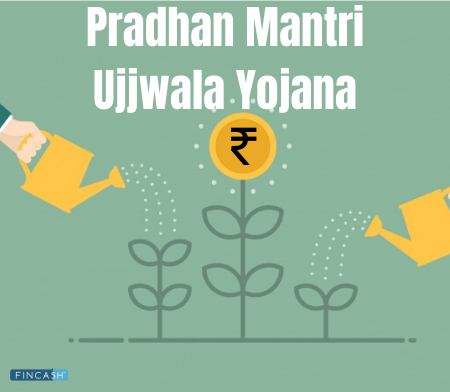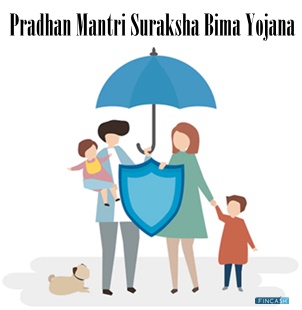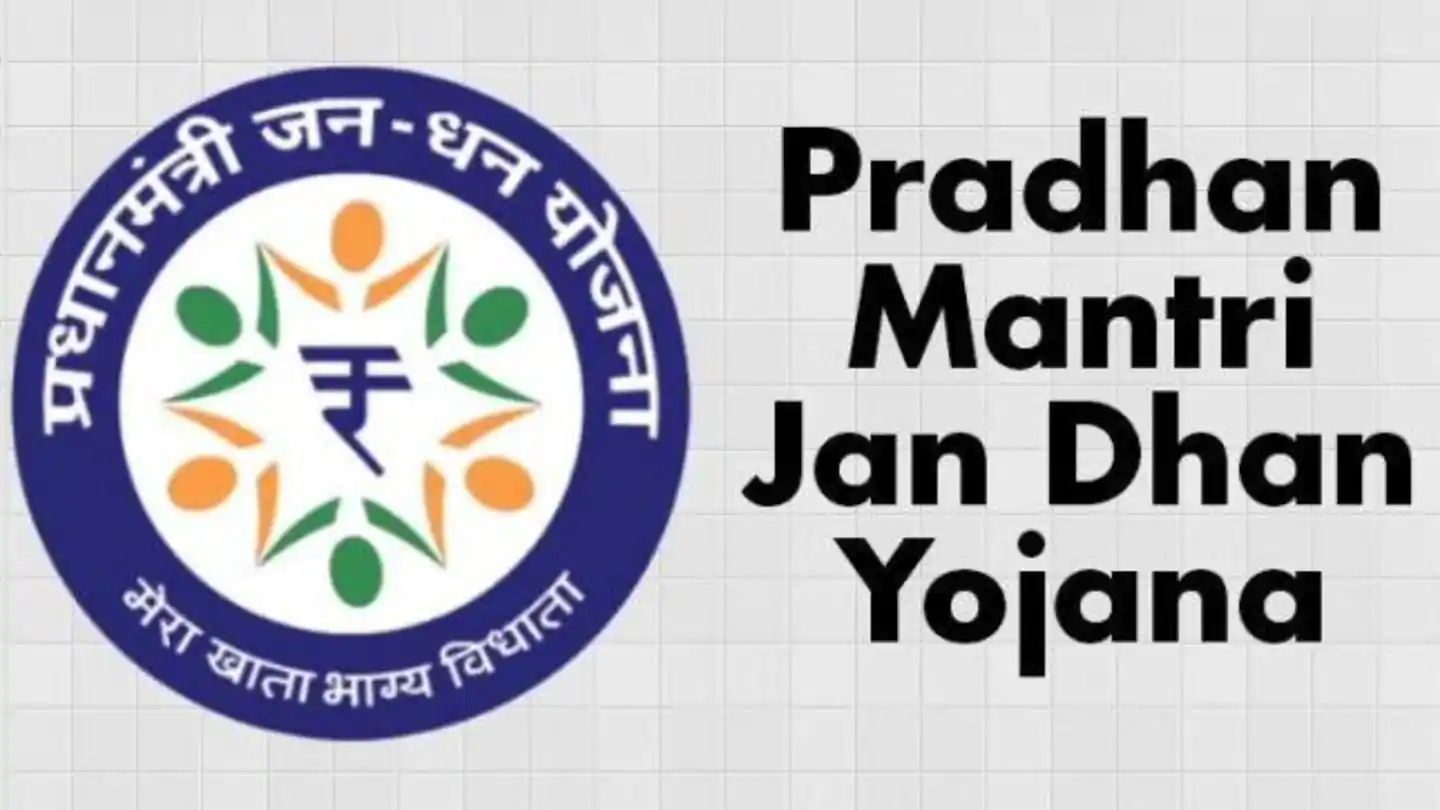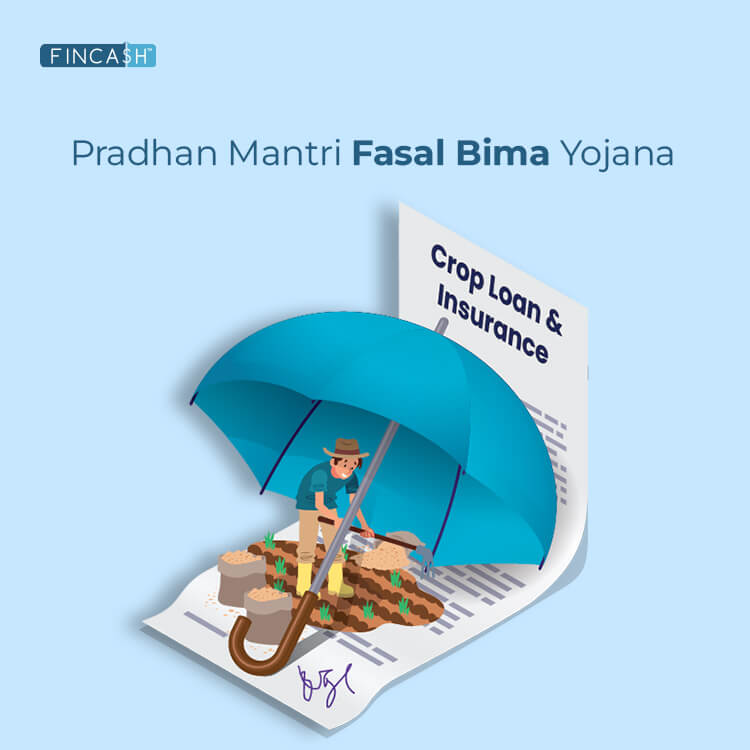Pradhan Mantri Awas Yojana
The Pradhan Mantri Awas Yojana (PMAY) is an initiative by the Government of India to offer affordable housing for slum inhabitants to create two crore affordable dwellings by March 31, 2022.
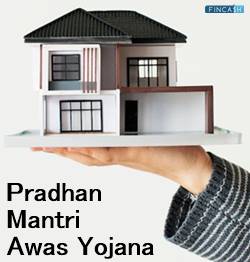
PMAY scheme is divided into two parts:
- Pradhan Mantri Awas Yojana (Urban) (PMAY-U)
- Pradhan Mantri Awas Yojana (Gramin) (PMAY-G and PMAY-R)
This scheme is also linked with other initiatives to guarantee the accessibility of toilets, power, Ujjwala Yojana LPG, drinking water, Jan Dhan banking services, and the houses to ensure sustainable living.
Category of Pradhan Mantri Awas Yojana
The PMAY programme is divided into two sub-sections, each focusing on a different area:
Pradhan Mantri Awas Yojana Gramin
The Indira Awas Yojana was renamed in 2016 as the Pradhan Mantri Awas Yojana – Gramin (PMAY-G). The plan aims to provide eligible residents in India's rural areas with inexpensive and accessible dwelling units (excluding Chandigarh and Delhi). Under this plan, the housing development’s cost is paid in the ratio of 60:40 for plain areas and 90:10 for North-Eastern and hilly regions.
Pradhan Mantri Awas Yojana Urban (PMAYU)
The focus areas of PMAY-U are urban areas of India. This programme currently lists 4,331 towns and cities and is divided into three phases:
- Phase 1: The government aimed to reach 100 cities in different states and Union Territories (UTs) from April 2015 to March 2017
- Phase 2: The aim was to cover 200 additional cities in varying states and UTs from April 2017 to March 2019
- Phase 3: By the end of March 2022, the left-out cities will be covered with the goal of project completion
Features of Pradhan Mantri Awas Yojana
The following are the key aspects of the Pradhan Mantri Awas Yojana:
- For 20 years, beneficiaries of the PMAY scheme receive a subsidized interest rate of 6.50% per annum on house loans
- The differently-abled and older people are given priority on the ground floor
- Buildings are constructed using eco-friendly and sustainable technologies
- This scheme covers entire urban areas
- From the beginning, the credit-linked subsidy portion of the system is implemented in India in all statutory towns
Talk to our investment specialist
Benefits of Pradhan Mantri Awas Yojana
Here are a few benefits of the scheme enlisted:
- Affordable housing solution for all
- Subsidized interest rates on home loans
- Subsidy of up to Rs. 2.67 lakhs
- Rehabilitation of slum dwellers
- Improvement in people's living standards
- Proper usage of underused Land
- Women's financial security
- Increase in employment opportunities
Scope of Pradhan Mantri Awas Yojana
Below mentioned are the scope of the scheme:
The scheme "PMAY-U" is being implemented from 2015 to 2022, and it will offer central support to implementing agencies via States and UTs to provide housing to all qualified families and beneficiaries by 2022
This scheme is responsible for the entire urban area, which includes:
- Statutory Towns
- Notified Planning Areas
- Development Authorities
- Special Area Development Authorities
- Industrial Development Authorities
- Any other authority entrusted with urban planning and regulation functions under State law
The mission, in its entirety, became operational on June 17, 2015, and will be carried out until March 31, 2022
Except for the credit-related subsidy component, which will be implemented as a Central Sector Scheme, the mission will be run as a Centrally Sponsored Scheme (CSS)
Beneficiaries Under the Pradhan Mantri Awas Yojana
Listed down are the beneficiaries who can enrol on the PMAY scheme:
- Scheduled Caste
- Scheduled Tribe
- Women
- Economically Weaker Section
- Low Income Group Population
- Medium Income Group 1 (People earning between 6 lakh - 12 lakh)
- Medium Income Group 2 (People earning between 12 lakh - 18 lakh)
Pradhan Mantri Awas Yojana Eligibility
To be eligible to avail of benefits of the PMAY scheme, here are the following prerequisites:
- The beneficiary's maximum age should not be more than 70 years old
- If the beneficiary is from the Low-Income Group (LIG), the yearly income should be between Rs. 3-6 lakhs
- The recipient's family should consist of a husband, wife, and unmarried children
- The beneficiary should not possess a pucca house in any state of India, either in their name or any other member of the family
- To own the house, one adult female member of the family must be a joint applicant
- The loan applicant must not have used any central or state government subsidy or benefit to purchase a house under the PMAY programme earlier
Eligibility Parameters
Here are the some parameters set for different criteria:
| Particulars | EWS | LIG | MIG I | MIG II |
|---|---|---|---|---|
| Gross household income | <= Rs. 3 lakhs | Rs. 3 to 6 lakhs | Rs. 6 to 12 lakhs | Rs. 12 to 18 lakhs |
| Maximum loan tenure | 20 years | 20 years | 20 years | 20 years |
| Maximum carpet area for dwelling units | 30 sq. m. | 60 sq. m. | 160 sq. m. | 200 sq. m. |
| Maximum loan amount permitted for subsidy | Rs. 6 lakhs | Rs. 6 lakhs | Rs. 9 lakhs | Rs. 12 lakhs |
| Subsidy percentage | 6.5% | 6.5% | 4% | 3% |
| Maximum amount for interest subsidy | Rs. 2,67,280 | Rs. 2,67,280 | Rs. 2,35,068 | Rs. 2,30,156 |
Key Components Pradhan Mantri Awas Yojana Scheme
The government has established the following four components to ensure that the greatest number of individuals are covered based on their finances, income, and land availability.
1. PMAY, or Credit Linked Subsidy Programme (CLSS)
The lack of finance and the high cost of housing are two of the most significant factors in India's failure to provide housing possibilities. The government recognised the need for subsidised home loans and created the Credit Linked Subsidy Scheme (CLSS) under the Pradhan Mantri Awas Yojana to address this issue and enable the urban poor to own a home or construct one.
2. PMAY's In-situ Slum Rehabilitation Program
The In-situ Reconstruction program uses the land as a resource to provide housing to impoverished people and rebuild slums in collaboration with private organisations. The relevant State or UT will decide the beneficiary contribution, while the Central Government will set the property pricing.
With this plan:
- Residents of slums who qualify for this program will receive a financial aid package worth Rs. 1 lakh to build homes
- The bidding process will be used to choose private investors (whoever offers the best price for this project)
- Residents of the slums will be given temporary housing throughout the construction phase
3. Affordable Housing in Partnership (AHP) - Pradhan Mantri Awas Yojana 2022
This program intends to give EWS families financial support for the purchase and construction of homes in the amount of up to Rs. 1.5 lakh on behalf of the Central Government. To build such programs, the State/UT may collaborate with either private organisations or authorities.
With this plan:
- For units intended to be offered to buyers under the EWS, the state/UT shall establish an upper price restriction
- To make the newly built homes economically feasible, the carpet area is considered while determining the value
- Without the participation of a private party, the dwellings built by the State/UTs will not have a profit margin
- Private developers will have their sale price determined by the State and UTs transparently based on Center, State, and ULB incentives
- The central funding will only be available for housing projects if 35% of all units were constructed for EWS
4. Pradhan Mantri Awas Yojana 2023–24: Beneficiary-led Individual Home Construction/Enhancements (BLC)
Families receiving EWS who cannot get the advantages of the first three programs are covered by this program (CLSS, ISSR, and AHP). Such beneficiaries can anticipate receiving financial support from the Central Government for up to Rs. 1.5 lakh for new construction or home renovations.
With this plan:
- Between Rs. 70,000 to Rs. 1.20 lakh for plain areas and Rs. 75,000 to Rs. 1.30 lakh for hilly and geo-difficult regions, the Center will offer unit support
- It is required to present personal identification information and other papers to the Under Local Bodies (about land ownership)
- If they possess a kutcha or semi-pucca home, residents from other slums that haven't been rehabilitated may benefit from this program
- The State shall implement a program to use geo-tagged images to track the advancement of construction
How to Register for the Pradhan Mantri Awas Yojana Scheme?
There are two categories of applicants who can register for the PMAY scheme. They are:
Slum Dwellers
A slum is defined as an area where 60 to 70 homes, or around 300 people, live in substandard housing. These places have an unsanitary atmosphere and lack sufficient infrastructure, drinking water, and sanitation amenities. These people can apply for the Pradhan Mantri Awas Yojana's Housing for All by 2022 Scheme.
Under other Two Components
The Housing for All by 2022 Scheme considers the Economically Weaker Sections (EWS), Middle Income Groups (MIGs), and Lower Income Groups (LIGs) as beneficiaries. The yearly income limit for EWS is Rs.3 lakh per year. The maximum yearly income for a LIG is from Rs.3 lakh to Rs.6 lakh. Annual income limits for MIG Range from Rs.6 lakh to Rs.18 lakhs. MIG and LIG categories have access to the Credit Link Subsidy Scheme (CLSS) component. In contrast, EWS is eligible for support across all verticals.
To register for the PMAY scheme, you can either fill out an online form or fill out an offline form and submit it to the concerned department. Below are the mentioned step-by-step guides to applying for the same.
Pradhan Mantri Awas Yojana Online Form
To get the Pradhan Mantri Awas Yojana online form, follow these below-mentioned steps:
- Visit the official website
- Click on 'Citizen Assessment' and then from the drop-down menu select Apply online
- Choose one from the options displayed as follow
- In Situ Slum Redevelopment
- Affordable Housing in Partnership
- Beneficiary Lead Construction/Enhancement (BLC/BLCE)
- Enter your aadhar number and name, then click 'Check'
- Once verification is done, the detail form will be displayed
- Enter all the information asked like name, state, district and so on
- Once it is done, enter the captcha code and click 'Submit'
Pradhan Mantri Awas Yojana Offline Form
To fill out an offline Pradhan Mantri Awas Yojana Registration Form 2022, go to your local CSC or an associated Bank affiliated with the government for the PMAY scheme. To complete the PMAY 2021 registration form, you must pay a nominal charge of Rs 25.
You need to carry listed documents along with your application form:
- Identity proof
- Residence proof
- Aadhar card copy
- Income proof
- Certification of Net worth
- NOC from the competent authority
- Affidavit stating neither you nor your family member owns any property in India
How to Check Pradhan Mantri Awas Yojana List?
To check if you have been allocated a house, you need to check the list. It can be done as follows for both Gramin and urban programmes.
1. Pradhan Mantri Awas Yojana Gramin List
Here is a series of steps to follow to check your name on the PMAY List 2020-21 if you registered under PMAY Gramin 2020-21:
With registration number
- Go to PM Awas Yojana-official Gramin's website
- From the menu, hover your cursor on 'Stakeholders.'
- Click 'IAY/PMAYG Beneficiary'
- A new window will open up where you will have to enter your registration number and click 'Submit.'
- The screen will display your current status
Without registration number
- Go to PM Awas Yojana-official Gramin's website
- From the menu, hover your cursor on 'Stakeholders'
- Click 'IAY/PMAYG Beneficiary'
- A new window will open up that will ask for a registration number; click on 'Advanced Search'
- Then you'll need to provide the requested information, such as the state, district, block, panchayat, scheme name, financial year, and account number
After you've entered all the details, click 'Search' and look for your name in the results.
Pradhan Mantri Awas Yojana Urban List
Here is a series of steps to follow to check your name on the PMAY List 2020-21 if you registered under PMAY Urban 2020-21:
- Visit PMAY's official website
- Under the 'Search Beneficiary' option, select 'Search by Name' from the drop-down menu
- Enter your aadhar number and Click 'Show'
- And then, on the screen, you can see your result
Note: If you're a qualified applicant who wants to take advantage of this programme, you'll need to assemble all the necessary information beforehand to fill out the PM Awas Yojana application form.
The Bottom Line
The Pradhan Mantri Awas Yojana is an Indian government project that aims to offer low-cost homes to the poor. Individuals who have been longing for a home but have been not able to buy one because of an absence of funds can now take out a lodging credit with a low loan cost under the PMAY plan. Prospective borrowers must remember the pointers given above to ensure smooth processing.
All efforts have been made to ensure the information provided here is accurate. However, no guarantees are made regarding correctness of data. Please verify with scheme information document before making any investment.
